The Australian Cattle Dog has one of the most unique looks of any dog breed in the world. They have striking spotted fur that's a stunning shade of blue. This has earned them the nickname "Blue Heeler." The other half of this nickname is from their history as a cattle herding breed. This is the perfect companion for an active family who wants to spend a lot of time with their dogs, especially outside. If you want a breed of dog that loves to kayak, swim, skate, and hike, this is the dog for you!
Australian Cattle Dog Characteristics [Physical]
The Australian Cattle Dog or Blue Heeler dog is built for work—compact, strong, and always ready to move, just like their fellow cattle dog breeds. That blue coat isn't just for looks; it's part of what gives them the nickname Blue Heeler. This blue dog has deep herding roots and the stamina to go all day without slowing down.
- Breed Size: This breed falls into the medium-sized dog category, reaching 17 to 20 inches tall and weighing up to 35 pounds. They're built like athletes—muscular, compact, and ready to work all day.
- Head: The Blue Healer has a broad, strong head built for thinking and working. Their muscular jaws and powerful muzzle mean business—perfect for gripping, carrying, and herding. Their almond-shaped eyes give them an alert, intelligent look, always watching and calculating their next move.
- Body: Everything about this breed is designed for strength and endurance. Their compact, muscular build makes them fast and agile, able to pivot and sprint without hesitation. The neck is thick and strong, blending into sturdy shoulders and a level backline. Deep ribs and a well-built chest give them the lung capacity to go all day without slowing down.
- Legs: Strong, flexible forelegs let them move with precision, whether dodging obstacles or keeping cattle in line. Their hindquarters are muscular and broad, built for power and speed. The legs are straight, giving them that tireless, free-moving gait they're known for. Round paws with short nails help them grip rough terrain like a pro.
- Tails: The tail hangs low with a natural curve, never stiff or awkward. It's got a good brush—fluffy but compact—giving it a thick, sturdy look.

Australian Cattle Dog Personality
If you want a dog that's always ready to go, this is your breed. They're built for movement and thrive in active households. They need to be part of the action and don't do well being left out. Their herding instincts are strong, making them naturally inclined to control and guide movements, sometimes even attempting to "herd" children or other pets. It's important to socialize them as puppies, as it will help your Australian Cattle feel confident and friendly.
Breed Exercise
Australian Cattle Dogs excel in dog sports like agility, flyball, and herding trials, giving them a great outlet for their boundless energy. If you want to keep them engaged, structured activities like these are a solid way to challenge both their body and mind. A walk around the neighborhood isn't enough exercise for this energetic canine. This is a breed that needs a lot of exercise throughout the day.
Australian Cattle Dog Training
Early obedience training is a must if you want a well-behaved dog that listens instead of making its own rules. Start young and be consistent. Punishment doesn't work with this breed, but rewards do. Give them structure, and they'll thrive. Here's what to focus on:
- Obedience Training: Start with the basics: sit, stay, and recall. These might seem simple, but they're crucial. Consistency is key, so reinforce commands daily with positive reinforcement like treats and praise.
- Leash Training: Without proper leash training, an Australian Cattle Dog will take you for a walk instead of the other way around. They love to move and have strong pulling instincts, so start leash manners early.
- Herding Control: This breed was made to herd, and that instinct doesn't disappear just because they're in a home setting. Redirect that energy into structured activities and discourage herding behaviors early to prevent bad habits from forming.
- Agility & Sports: Australian Cattle Dogs excel in agility courses, jumps, and weave poles. These activities provide the perfect outlet for their high energy and sharp minds.
- Mental Challenges: A bored Australian Cattle Dog is a destructive one. They need more than just physical exercise—they need mental stimulation, too. Puzzle toys, trick training, and scent work help keep their minds busy.

Breed History
In the early 1800s, cattle were often raised in vast land areas throughout Australia, but the cattle were often very wild and hard to control. Not even traditional European herding dogs of the time could keep them in line. A new dog breed that had a lot of stamina and could withstand heat and rough terrain as they herd cattle was needed. A dog breeder looked into this dilemma and started breeding Highland Collies with Dingos in 1840.
This created a dog known as Hall's Heelers. One of those dogs, named Bentley's Dog, is now credited with starting the Australian Cattle we all know today. Hall's Heelers were bred with the Bull Terrier, Dalmatian, and a sheepherding breed called the Kelpie. This resulted in a rugged dog with a lot of endurance (and a unique coat).
This new dog breed was called the Queensland Blue Heeler, later called the Australian Cattle Dog. A standard was created in 1897. The dog was slow to catch on in America, but eventually, the breed proved themselves, not only as herders but as great family dogs. The American Kennel Club recognized the breed in 1980.
Common Health Problems Found in the Australian Cattle Dog
While Australian cattle dogs are hardy overall, they still have some hereditary conditions to be aware of. When you adopt a purebred puppy, always make sure it's from a reputable breeder registered with the American Kennel Club. Some of the most common health concerns for Australian Cattles are:
- Hereditary deafness: Similar to Dalmatians, deafness is common in Australian Cattles. One study showed that a little over 11% of Australian Cattle Dogs have complete deafness.
- Hip and elbow dysplasia: This degenerative joint condition is quite common in working dogs. It causes mobility issues in the affected limbs and immense discomfort. Without treatment, your dog may lose the ability to walk.
- Patellar luxation: Patellar luxation is a fancy word for a slipped kneecap. This is similar to dysplasia, where the joints stop functioning how they should be, causing pain and mobility problems.
- Progressive retinal atrophy: This hereditary eye condition slowly takes your dog's eyesight if not treated.

How to Care for an Australian Cattle Dog
Australian Cattle Dogs love being part of the action. They're not the type to sit around while you work late or lounge on the couch all weekend. If you bring one into your home, be ready to commit. Here's what they need:
- Exercise, and lots of it. Walks aren't enough. They need running, hiking, playing, and tasks to keep them busy.
- Mental stimulation. Puzzle toys, obedience training, and trick work keep them from getting bored (and destructive).
- Social time. They bond deeply with their people and don't like being ignored. They want to be where you are.
- Space to move. Not the best fit for apartments. These dogs have a strong chase instinct, so a fenced yard is the best way to keep them safe.
- Grooming basics. Brush their coat weekly, check their ears for buildup, and keep their nails trimmed.
Nutrition and Feeding for an Australian Cattle Dog
The Australian Cattle Dog is very active, and Australian Cattle Dogs require high-quality food to stay healthy and happy. Look for food with a trusted protein source (like beef or chicken), avoiding food that starts with a meal instead. Australian Cattles also need fats, carbohydrates, minerals, and vitamins. Make sure to divide your dog's daily intake into two separate meals. A regular feeding schedule will reduce the possibility of overeating and help with your dog's digestion.

Coat Color And Grooming
The Australian Cattle has a smooth double coat that's coarse, straight, and lies flat — this makes them rain resistant! But the Australian Cattle Dog is known for its brilliant color. Their coat is a unique shade of blue. They have black and tan markings on the head, halfway up their front legs, and inside their thighs. Their coat is short and functional.
Children And Other Pets
Australian Cattles are loving and social, becoming close with each member of the household. This includes children and other pets but requires proper socialization when the Australian Cattle Dog is a puppy. These dogs are great playmate for children since they are energetic and love games. Australian Cattles also get along well with other pets, including dogs and cats. However, they are known for "herding" kids and small animals.

Australian Cattle Dog Rescue Groups
The Australian Cattle Dog Rescue Association was formed in 2002 by two breed clubs. It's a non-profit organized to facilitate the rescue and adoption of Australian Cattle Dogs in need. Rocket Dog Rescue in Northern California and Central Coast Border Collie and Herding Dog Rescue in Central California are other organizations focused on rescuing the Australian Cattle Dog.
Breed Organizations
The Australian Cattle Dog Club of America has annual events for the breed, including agility tournaments, training sessions, and dog shows. They also share information about the breed standard. They even have a Juniors Program for youth who want to get involved with showing and training their Australian Blue Heeler.

Final Thoughts
The Australian Cattle Dog is one of the smartest dogs out there. Their intelligence and work ethic have made them a favorite among active dog owners. As of now, they sit at number 54 on the American Kennel Club's popularity rankings. But here's the thing—if you don't challenge the a Blue Heeler puppy, they'll challenge you. If you want a loyal, hardworking, and ridiculously smart dog, this might be the perfect breed for you.



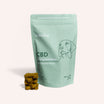

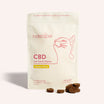
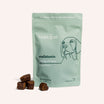
![Probiotics For Dogs [Soft Chews] - HolistaPet](http://www.holistapet.com/cdn/shop/files/Probiotic-Infographic-1_472d7a29-e30c-435a-9638-1365d8c3a9f9.jpg?v=1725384841&width=104)
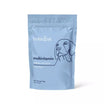
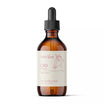
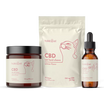
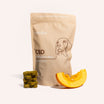
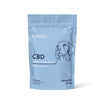


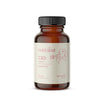
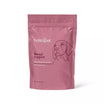
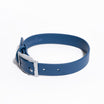
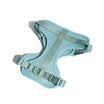
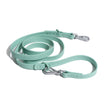
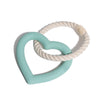
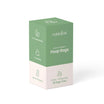
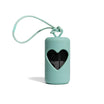
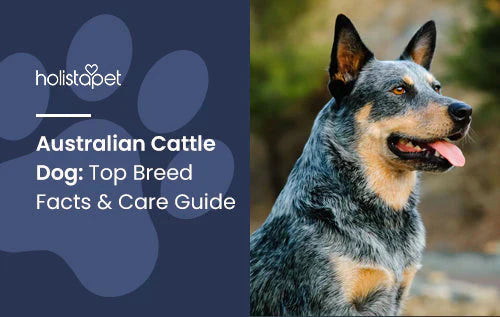
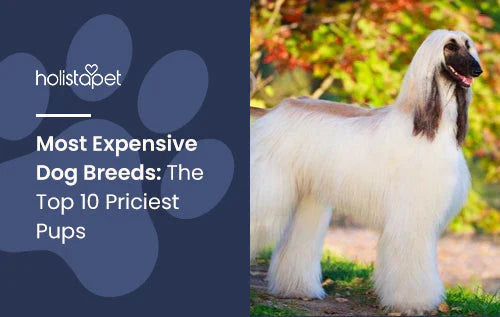

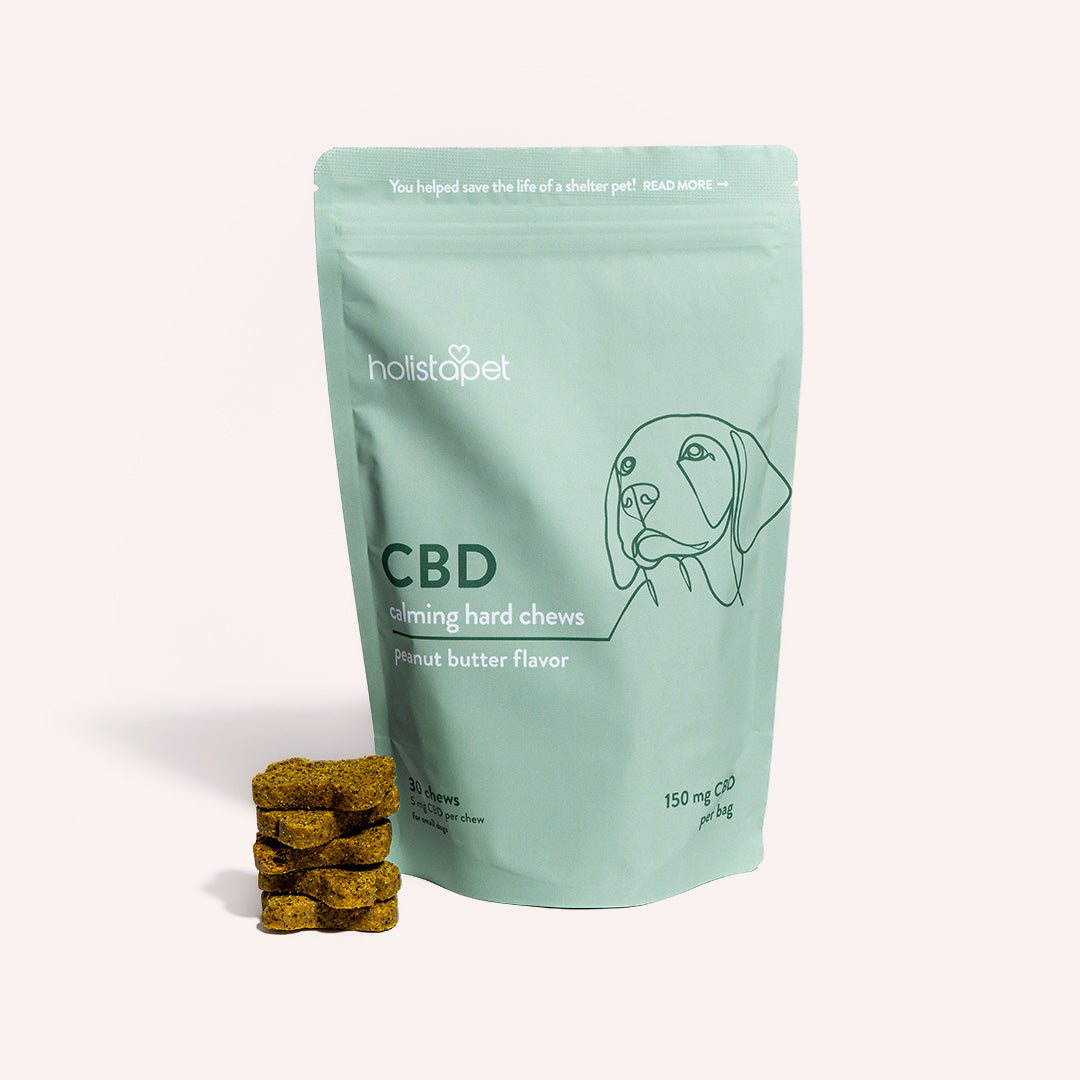

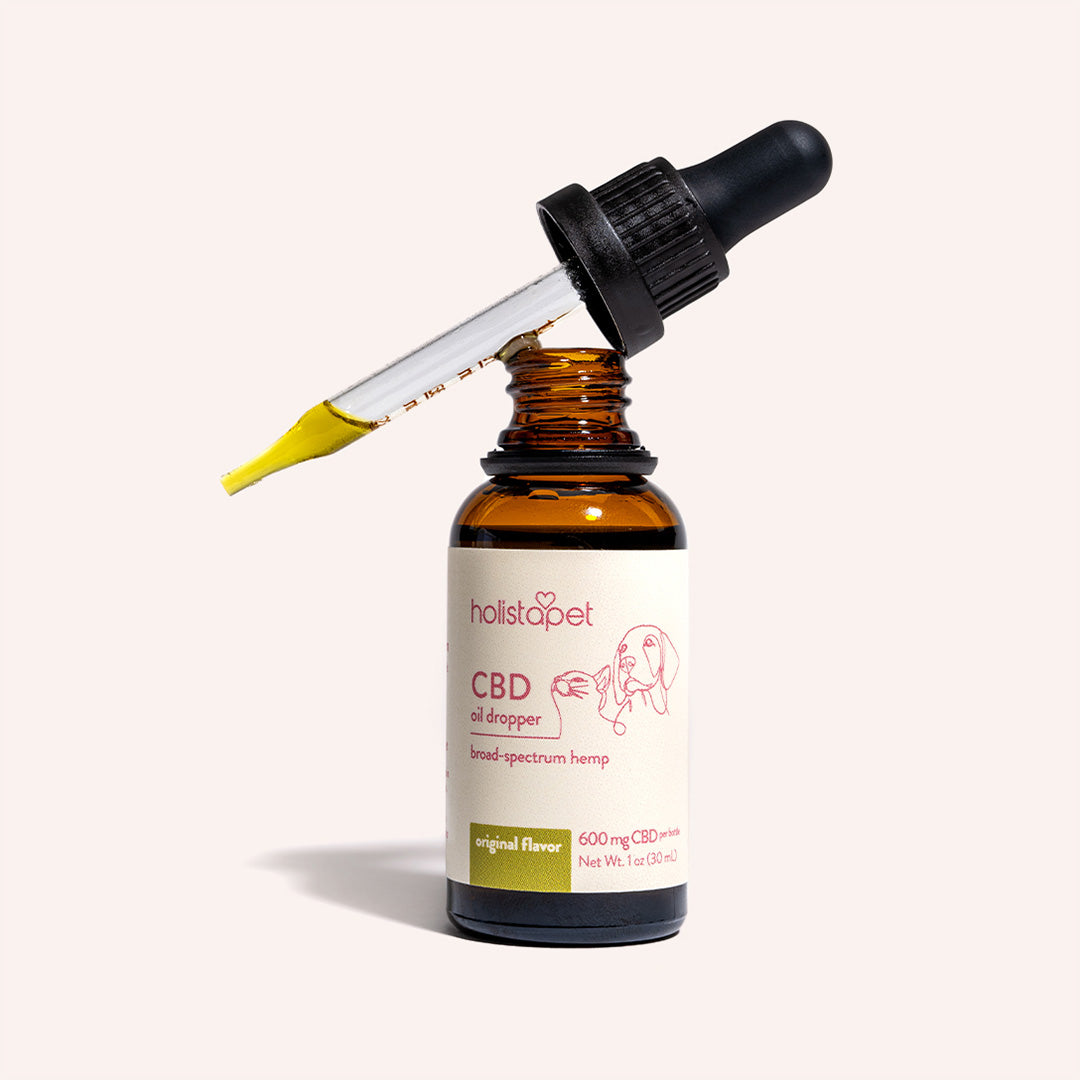
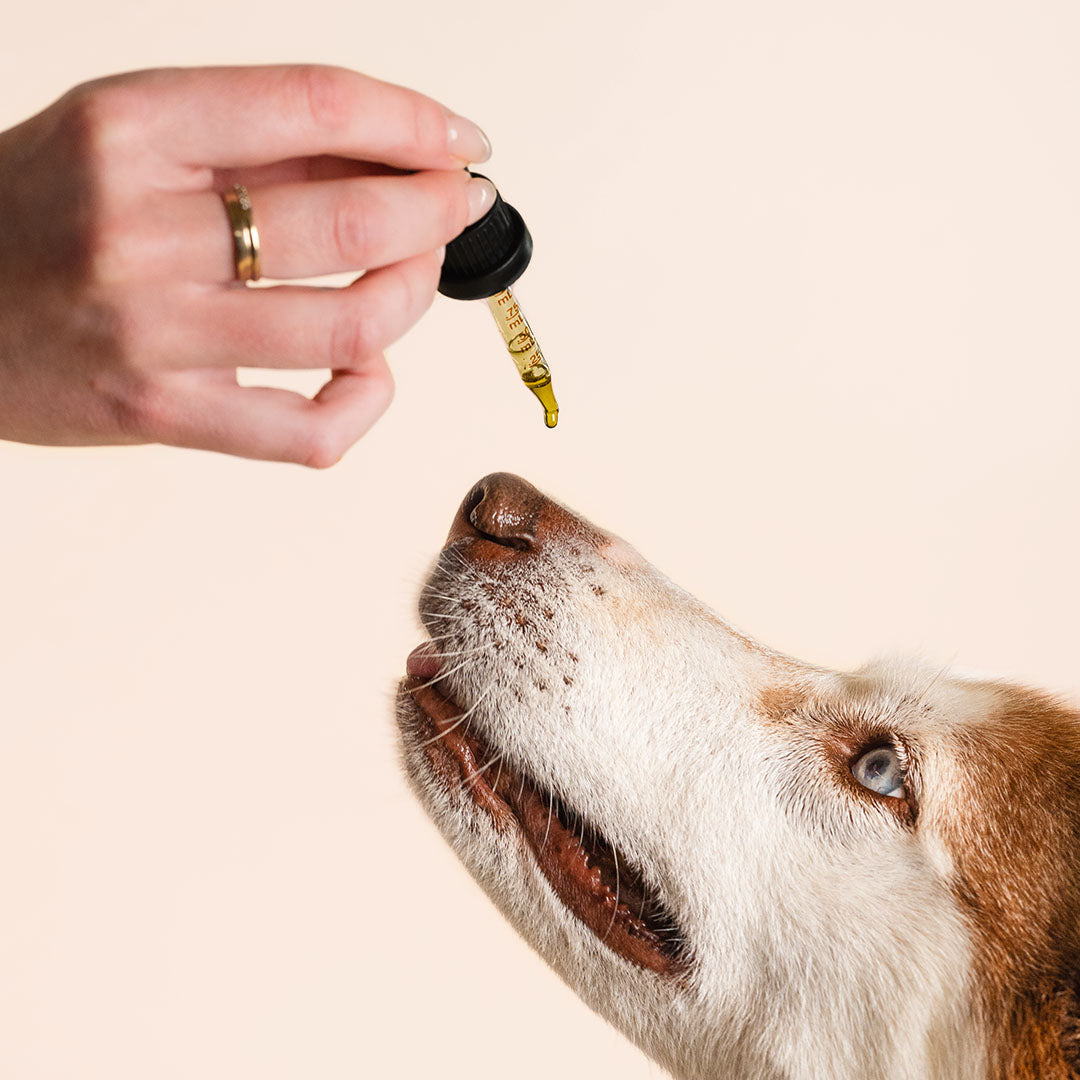

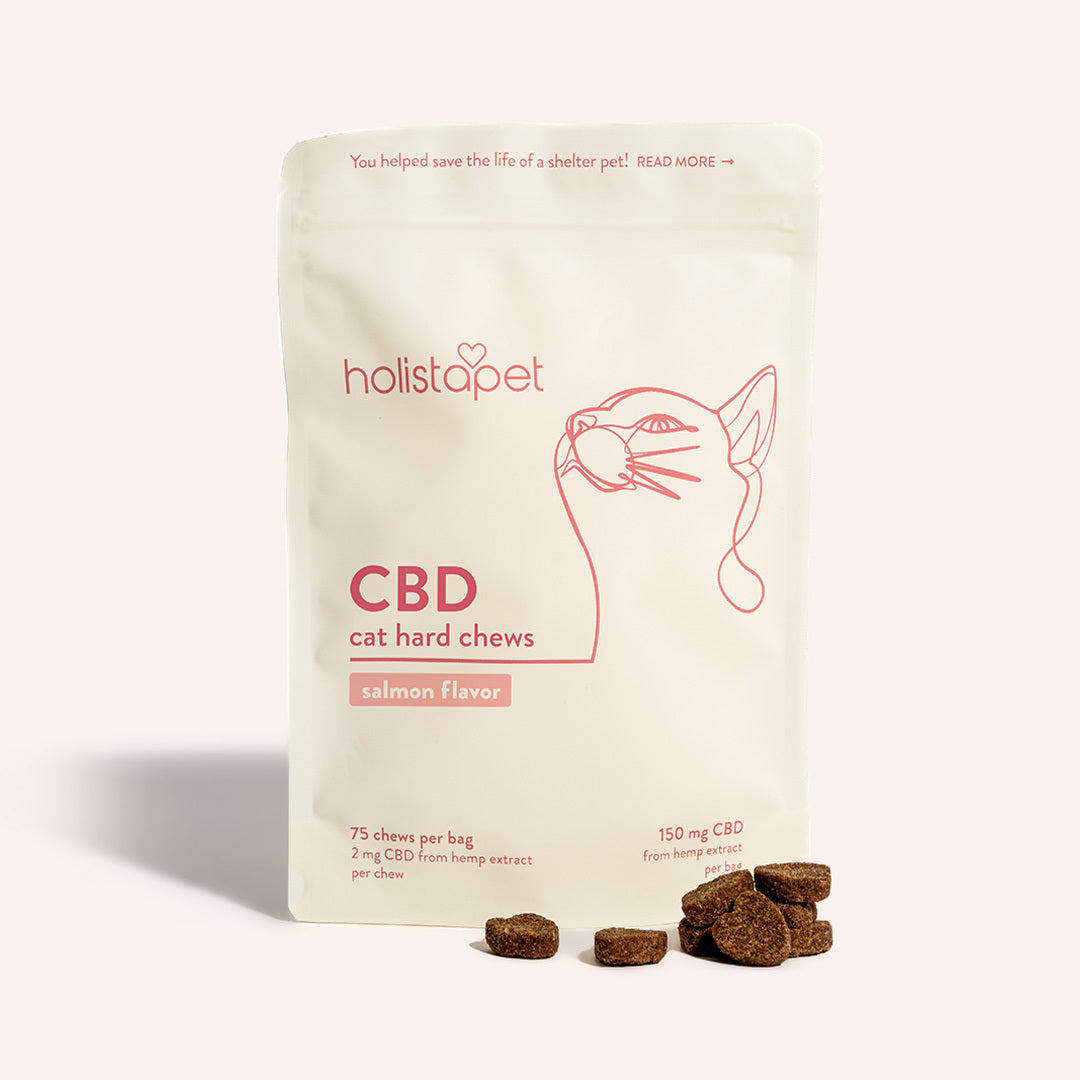
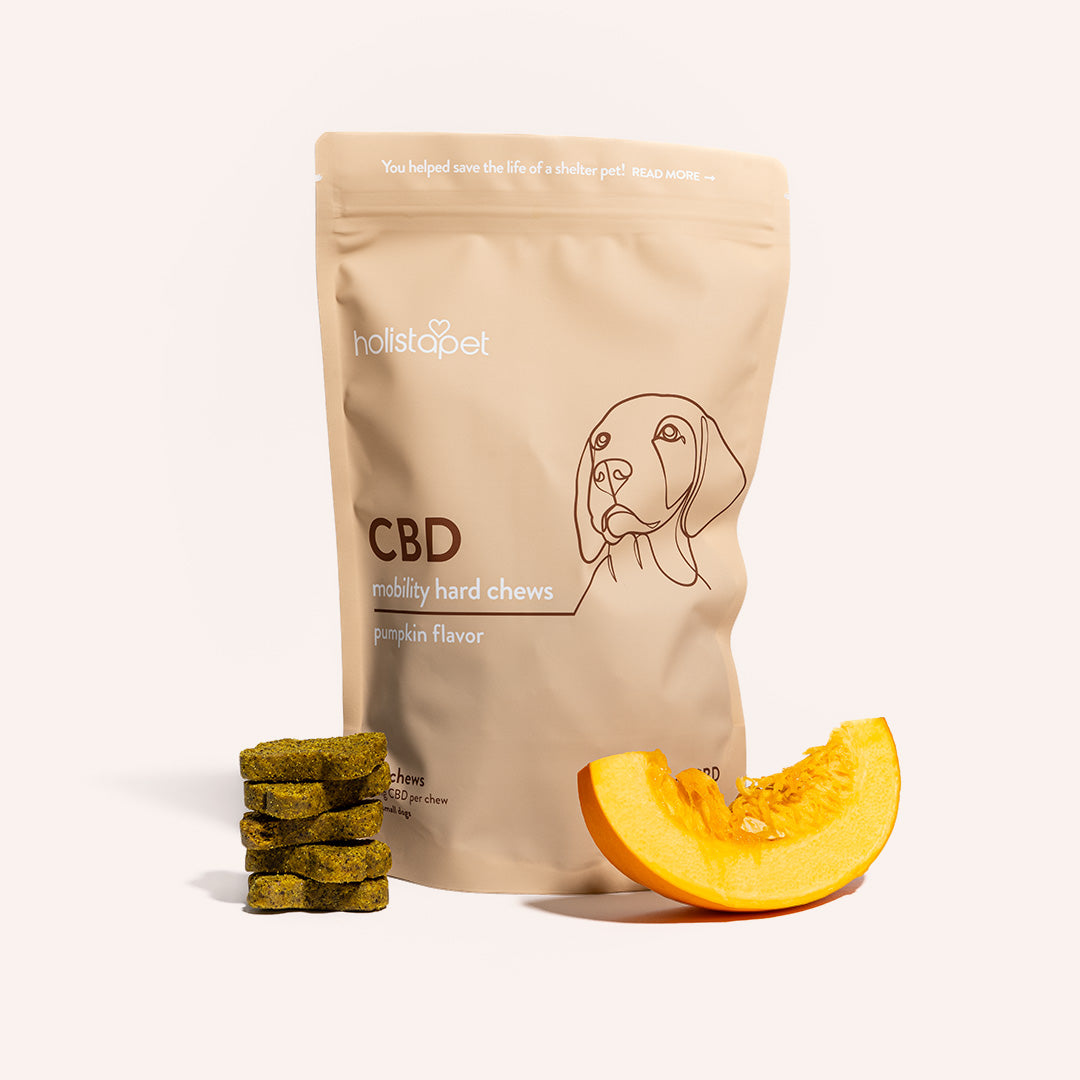


Leave a comment
All comments are moderated before being published.
This site is protected by hCaptcha and the hCaptcha Privacy Policy and Terms of Service apply.